-
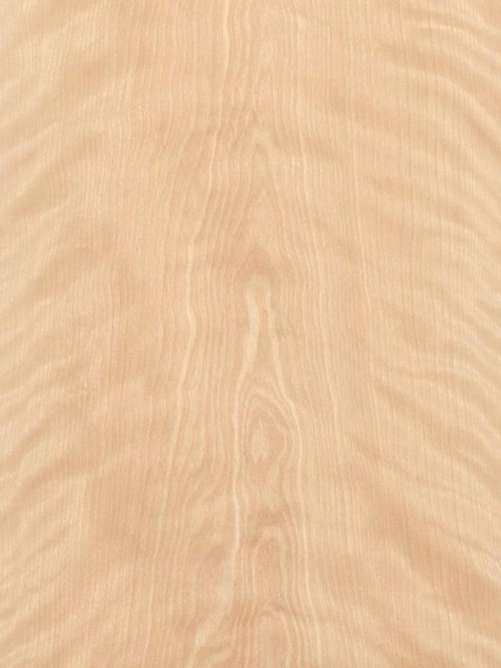 This veneer is cut from burled growths found on birch trees in forests in Finland and Russia—the result of local genetics or the soil conditions in that location. The veneer produced is uncommonly beautiful—and atypical burl pattern interspersed with pitch flecks, a swirling figure, and small, dark “eye” markings that create a teardrop effect. A veneer is a rotary cut due to the small diameter of the burl. Learn About Veneer Cut & Matching
This veneer is cut from burled growths found on birch trees in forests in Finland and Russia—the result of local genetics or the soil conditions in that location. The veneer produced is uncommonly beautiful—and atypical burl pattern interspersed with pitch flecks, a swirling figure, and small, dark “eye” markings that create a teardrop effect. A veneer is a rotary cut due to the small diameter of the burl. Learn About Veneer Cut & Matching -
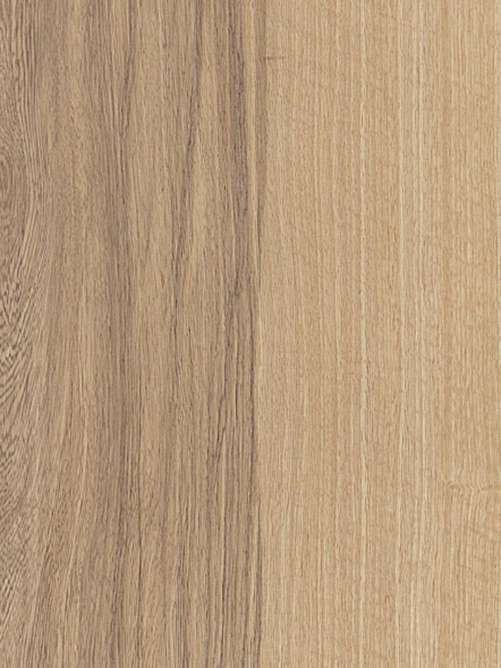 Although veneer is often labeled white or black limba, there is really just one limba tree. Black limba refers veneer selected from the darker heartwood of the tree—typically reddish-brown with varying degrees of irregular black streaking—and is somewhat rarer than white limba, which is cut from the lighter sapwood of the same tree. Figured wood is highly prized for architectural use. Learn About Veneer Cut & Matching
Although veneer is often labeled white or black limba, there is really just one limba tree. Black limba refers veneer selected from the darker heartwood of the tree—typically reddish-brown with varying degrees of irregular black streaking—and is somewhat rarer than white limba, which is cut from the lighter sapwood of the same tree. Figured wood is highly prized for architectural use. Learn About Veneer Cut & Matching -
 In both color and aroma, Bosse resembles Ceddar and for that reason, this large West African tree is sometimes called African cedar. The color varies from pale pink to deep mahogany and veneer is often highly figured with fiddle back, mottle, or a highly prized pommel figure—all of which ensure one-of-a-kind architectural installations. Availability and cost can vary widely based on grain patterning and intensity. Learn About Veneer Cut & Matching
In both color and aroma, Bosse resembles Ceddar and for that reason, this large West African tree is sometimes called African cedar. The color varies from pale pink to deep mahogany and veneer is often highly figured with fiddle back, mottle, or a highly prized pommel figure—all of which ensure one-of-a-kind architectural installations. Availability and cost can vary widely based on grain patterning and intensity. Learn About Veneer Cut & Matching -
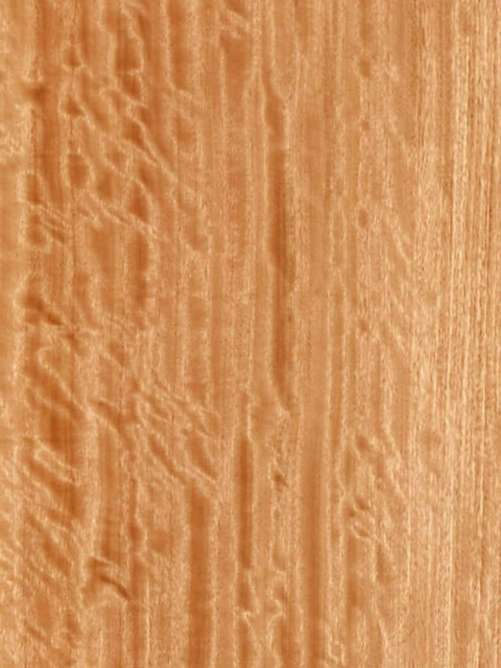 In both color and aroma, Bosse resembles Ceddar and for that reason, this large West African tree is sometimes called African cedar. The color varies from pale pink to deep mahogany and veneer is often highly figured with fiddle back, mottle, or a highly prized pommel figure—all of which ensure one-of-a-kind architectural installations. Availability and cost can vary widely based on grain patterning and intensity. Learn About Veneer Cut & Matching
In both color and aroma, Bosse resembles Ceddar and for that reason, this large West African tree is sometimes called African cedar. The color varies from pale pink to deep mahogany and veneer is often highly figured with fiddle back, mottle, or a highly prized pommel figure—all of which ensure one-of-a-kind architectural installations. Availability and cost can vary widely based on grain patterning and intensity. Learn About Veneer Cut & Matching -
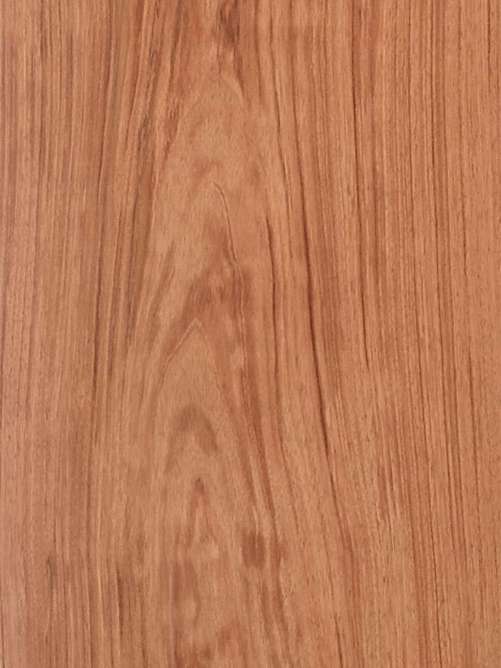 Bubinga is a striking veneer with a very broad color spectrum ranging from pink to brownish-red to nearly violet. It has a beautiful texture and fine contrasting growth lines that may be wavy in some logs due to the grain’s interlocked fibers. Bee’s wing and block mottle figures are fairly common. Behemoth lengths and widths make it well suited for large architectural installations. When rotary cut, bubinga is called kevazinga. This African veneer is a sophisticated and elegant choice for interior environments. Learn About Veneer Cut & Matching
Bubinga is a striking veneer with a very broad color spectrum ranging from pink to brownish-red to nearly violet. It has a beautiful texture and fine contrasting growth lines that may be wavy in some logs due to the grain’s interlocked fibers. Bee’s wing and block mottle figures are fairly common. Behemoth lengths and widths make it well suited for large architectural installations. When rotary cut, bubinga is called kevazinga. This African veneer is a sophisticated and elegant choice for interior environments. Learn About Veneer Cut & Matching -
 Bubinga is a striking veneer with a very broad color spectrum ranging from pink to brownish-red to nearly violet. It has a beautiful texture and fine contrasting growth lines that may be wavy in some logs due to the grain’s interlocked fibers. Bee’s wing and block mottle figures are fairly common. Behemoth lengths and widths make it well suited for large architectural installations. When rotary cut, bubinga is called kevazinga. This African veneer is a sophisticated and elegant choice for interior environments. Learn About Veneer Cut & Matching
Bubinga is a striking veneer with a very broad color spectrum ranging from pink to brownish-red to nearly violet. It has a beautiful texture and fine contrasting growth lines that may be wavy in some logs due to the grain’s interlocked fibers. Bee’s wing and block mottle figures are fairly common. Behemoth lengths and widths make it well suited for large architectural installations. When rotary cut, bubinga is called kevazinga. This African veneer is a sophisticated and elegant choice for interior environments. Learn About Veneer Cut & Matching -
 Thousands of centuries ago, Lebanese cedar was one of the world’s most precious woods, used in the construction of ancient temples and palaces. Today, this beautiful, decorative wood is now primarily grown in England and France. Rare and highly prized, most logs are produced by local European veneer merchants with local knowledge of the availability of this exceptional veneer. Learn About Veneer Cut & Matching
Thousands of centuries ago, Lebanese cedar was one of the world’s most precious woods, used in the construction of ancient temples and palaces. Today, this beautiful, decorative wood is now primarily grown in England and France. Rare and highly prized, most logs are produced by local European veneer merchants with local knowledge of the availability of this exceptional veneer. Learn About Veneer Cut & Matching -
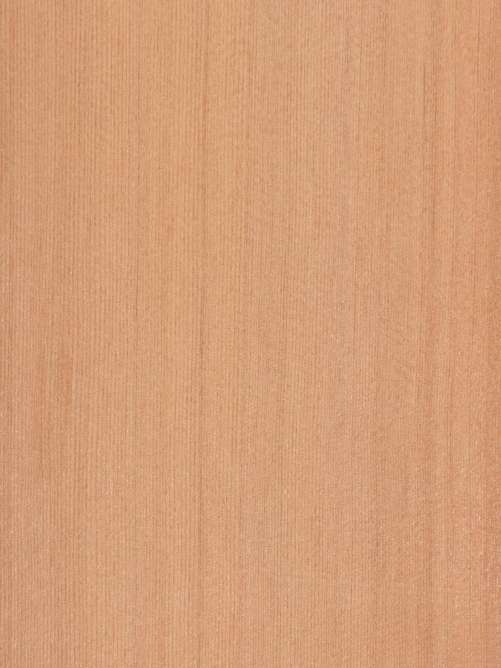 Thousands of centuries ago, Lebanese cedar was one of the world’s most precious woods, used in the construction of ancient temples and palaces. Today, this beautiful, decorative wood is now primarily grown in England and France. Rare and highly prized, most logs are produced by local European veneer merchants with local knowledge of the availability of this exceptional veneer. Learn About Veneer Cut & Matching
Thousands of centuries ago, Lebanese cedar was one of the world’s most precious woods, used in the construction of ancient temples and palaces. Today, this beautiful, decorative wood is now primarily grown in England and France. Rare and highly prized, most logs are produced by local European veneer merchants with local knowledge of the availability of this exceptional veneer. Learn About Veneer Cut & Matching -
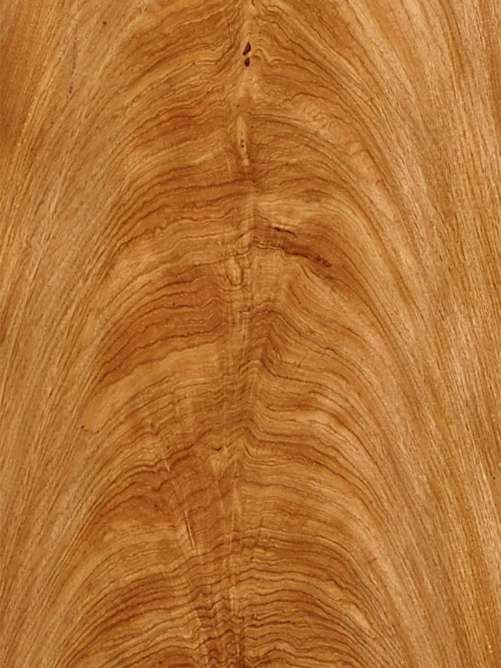 Cerejiera is a South American wood particularly prized in crotch veneer—a figure that develops when two branches or trunks are knit together as they grow (sometimes called a plume or feather pattern). The pyramid-like pattern is lively, rich in contrast, and fascinating to behold. This rare veneer is sought after for high-end furniture and as a featured accent in architectural interiors. Learn About Veneer Cut & Matching
Cerejiera is a South American wood particularly prized in crotch veneer—a figure that develops when two branches or trunks are knit together as they grow (sometimes called a plume or feather pattern). The pyramid-like pattern is lively, rich in contrast, and fascinating to behold. This rare veneer is sought after for high-end furniture and as a featured accent in architectural interiors. Learn About Veneer Cut & Matching -
 American cherry is a timeless and elegant veneer that has a satiny finish and fine, lustrous grain marked with natural pitch flecks and small gum pockets. Typically darker than European cherry, the veneer can vary widely in color from pale pink to reddish-brown. Flat cut, it produces a beautiful cathedral pattern. Figured, it exhibits a fine fiddle back or rope figure. Learn About Veneer Cut & Matching
American cherry is a timeless and elegant veneer that has a satiny finish and fine, lustrous grain marked with natural pitch flecks and small gum pockets. Typically darker than European cherry, the veneer can vary widely in color from pale pink to reddish-brown. Flat cut, it produces a beautiful cathedral pattern. Figured, it exhibits a fine fiddle back or rope figure. Learn About Veneer Cut & Matching -
 American cherry is a timeless and elegant veneer that has a satiny finish and fine, lustrous grain marked with natural pitch flecks and small gum pockets. Typically darker than European cherry, the veneer can vary widely in color from pale pink to reddish-brown. Flat cut, it produces a beautiful cathedral pattern. Figured, it exhibits a fine fiddle back or rope figure. Learn About Veneer Cut & Matching
American cherry is a timeless and elegant veneer that has a satiny finish and fine, lustrous grain marked with natural pitch flecks and small gum pockets. Typically darker than European cherry, the veneer can vary widely in color from pale pink to reddish-brown. Flat cut, it produces a beautiful cathedral pattern. Figured, it exhibits a fine fiddle back or rope figure. Learn About Veneer Cut & Matching -
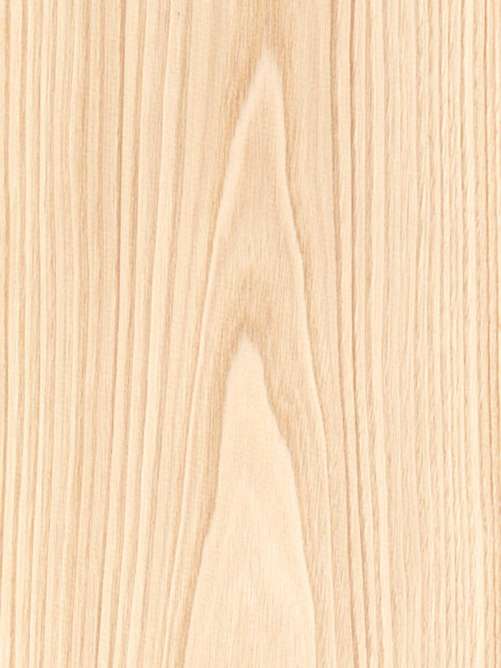 Brought to Europe by invading Romans, chestnut loves the warmth and so it’s apt that it’s commonly found in the wine-growing regions across Europe and Asia. The veneer is yellow to dark brown with a strong grain pattern similar to oak, elm, or ash. The grain is straight with a somewhat coarse texture. European chestnut accepts stain readily and finishes easily. Learn About Veneer Cut & Matching
Brought to Europe by invading Romans, chestnut loves the warmth and so it’s apt that it’s commonly found in the wine-growing regions across Europe and Asia. The veneer is yellow to dark brown with a strong grain pattern similar to oak, elm, or ash. The grain is straight with a somewhat coarse texture. European chestnut accepts stain readily and finishes easily. Learn About Veneer Cut & Matching

